When smartphones like the first couple of iPhones as well as the earliest Android phones made their debut on the scene several years back, there was little question about the appeal of being able to play games on them. After all, people have their phones with them nearly all the time, and given the popularity of portable gaming it was a no-brainer.
With that being said however, it’s been several years now since the first-generation iPhone and the HTC Dream, and smartphones have evolved over the years to be able to accommodate more graphics-intensive games with more complex gameplay and such, to the point that they were able to occasionally dominate dedicated handheld game systems in terms of sales. In 2022 alone, it was estimated that the mobile gaming market would bring around 136 billion dollars in profits, for example.
Having owned several Nintendo and Sony systems over the years, as well as a ton of current backlogs on Steam and Xbox (to my great shame), I’m approaching this article with some obvious reservations, since I primarily game on dedicated systems. On one hand, I still have some concerns with how mobile gaming has changed the attitude and landscape towards gaming in general, but at the same time the numbers do speak for themselves.
For example, the continued popularity of mobile gaming has led to a rise in exclusive events, tournaments, and such, and increased the adoption rate for smartphones as well. This has no doubt affected the console industry, but is this trend set to continue in the coming years? Let’s take a look at some factors.
Hardware and Instant Access
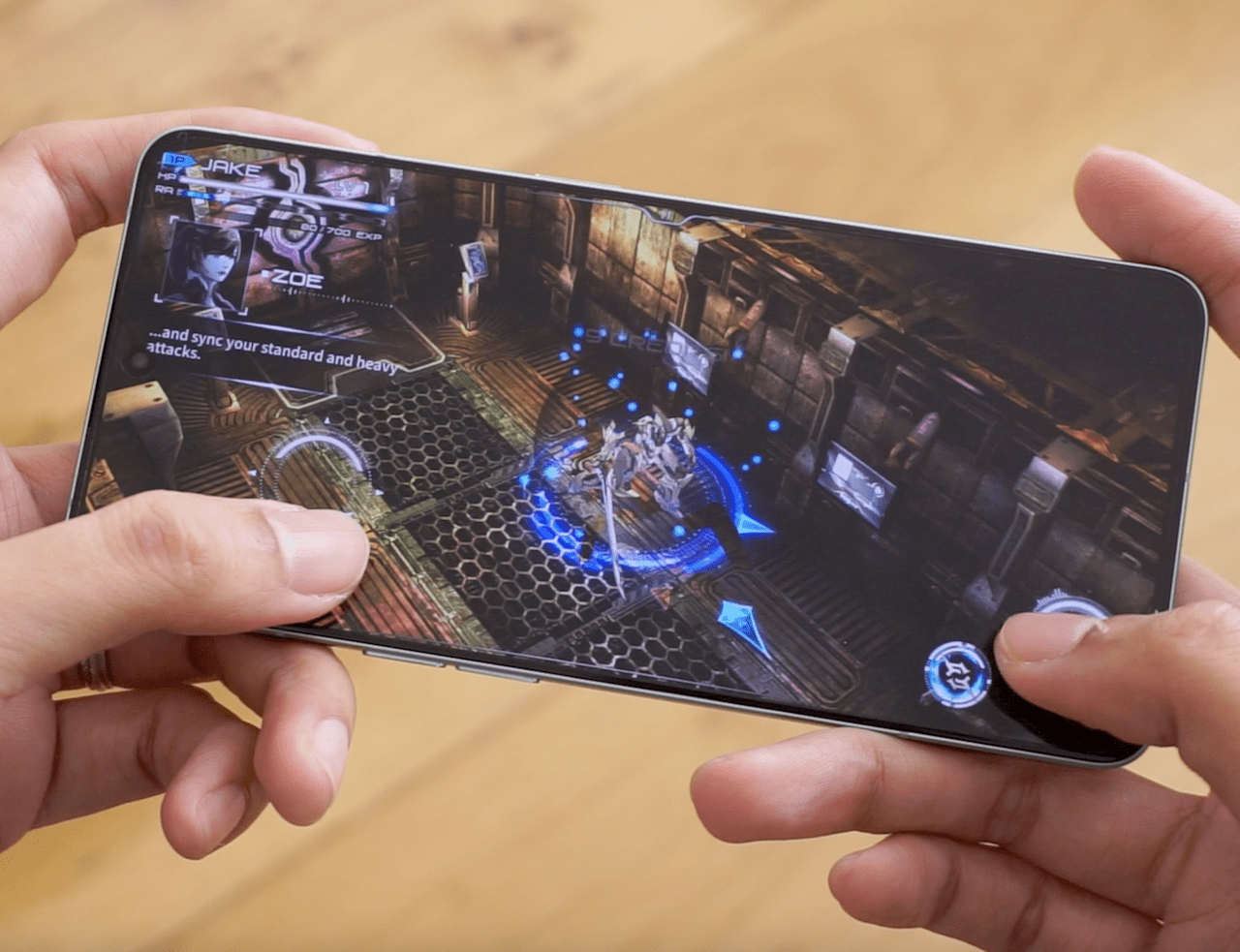
It goes without saying that more people will have access to a smartphone than will own a console. Since mobile phones have become pretty much a necessity these days, there’s more incentive for a casual buyer to get a smartphone as opposed to a dedicated gaming console, since the former does come with more functionality in terms of communication, social media access, often at a more affordable price.
In regions like Southeast Asia (where mobile gaming has become immensely popular), it’s not uncommon to see more people gaming on a phone than on a console – research shows that Indonesia, Malaysia, Thailand, Vietnam, Singapore, and the Philippines are heavily invested in mobile gaming in Southeast Asia. Perhaps one could say that in this context, more people would have played on a smartphone than on a dedicated gaming system – we’ve even seen companies put out purely gaming-oriented smartphones, which more often than not have been impressive as far as specs are concerned.
It should also be said that a lot of mobile games are optimized to work with a variety of smartphones, and even lower-end handsets with 4GB of RAM can still somehow run relatively-graphics heavy games (at the cost of performance), which does reduce the barrier to entry. In the case of more premium smartphones, features like Ray-tracing are currently being developed to work seamlessly with mobile devices, meaning that players already have a feature-packed handheld gaming device on their hands.
It’s factors like these that undercut the need for an expensive gaming PC for example, because at the end of the day all that matters is to a smartphone gamer is basic access to video games – a lot of which are free on mobile – which brings us to our next topic.
Quality and Monetization
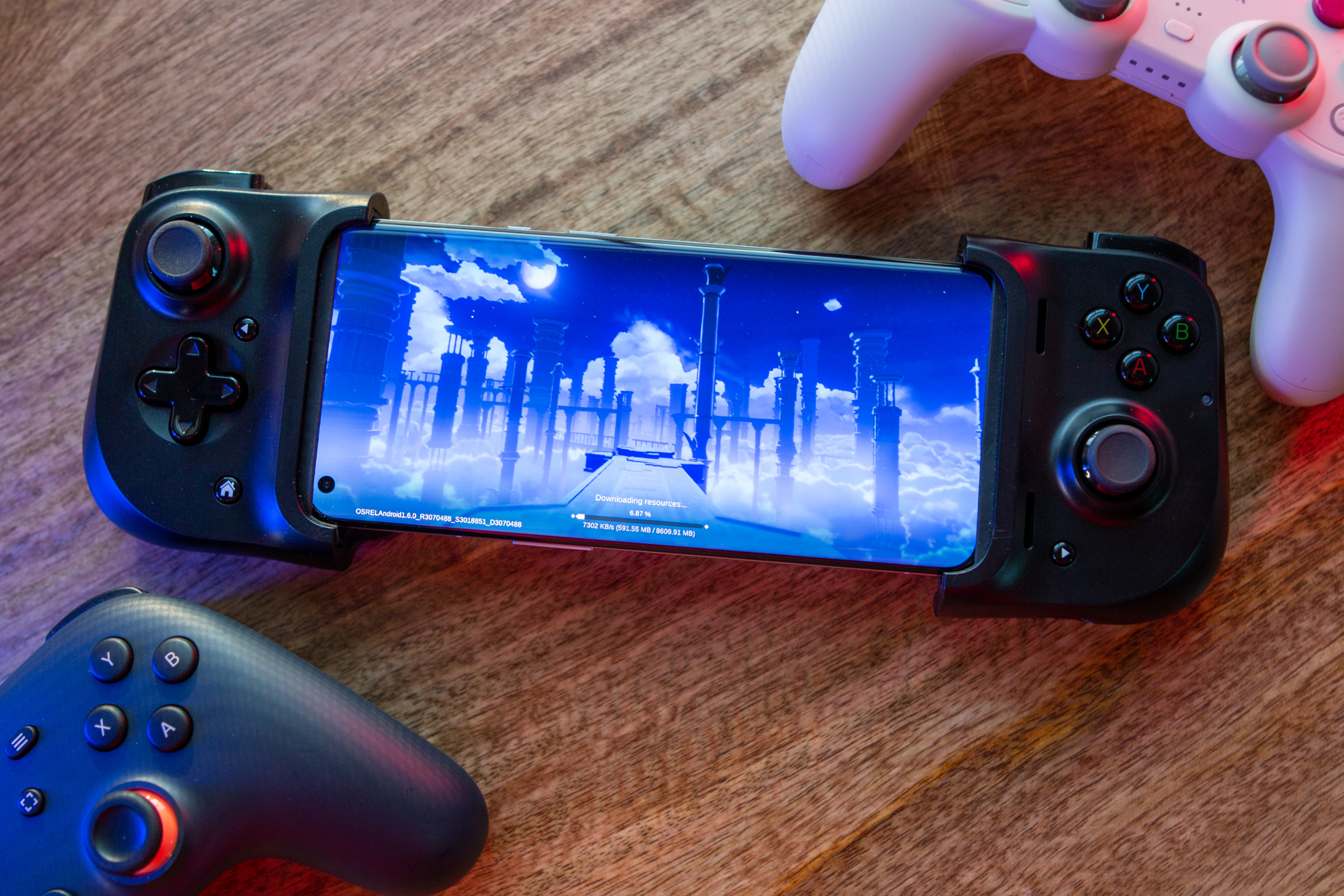
Perhaps one could say where a certain amount of mobile games stumble is with regards to the overall quality. While the perception of a game’s worth is oftentimes subjective, there is a general stigma among the “hardcore” gaming crowd when it comes to how mobile games are generally seen.
Over the years, mobile games have had the misfortune of being synonymous with terms like “in-app purchases,” “pay-to-win,” and other such methods that seem to prioritize draining a player’s wallet instead of providing a competent and immersive gaming experience, often at the expense of quality. This doesn’t seem to have fazed a lot of players however, who are seemingly alright with pouring tons of cash into their game, or simply hacking away at the software just to gain an advantage over other players.

“Dead Space Mobile” brought the full Dead Space experience onto mobile screens.
Of course, this has not always been the case, as games like Genshin Impact show that you can strike a proper balance between how games are monetized and the amount of polish and experience that one could get from investing time and effort into a “technically” free game. On the other hand though, games of this nature are somewhat rare, and most games still resort to bombarding users with advertisements, time-lock tokens, and such.
To be fair, this is a pricing strategy that has carried over to console games as well, specially with the proliferation of DLC, season passes, and such. On the plus side however, a majority of console games still give you the entire adventure with a single purchase, without the need for constant online connectivity, and with zero ads and whatnot.
- 5 Best Diablo Immortal alternatives if you hate Microtransactions
- 5 Awesome Racing Games for Android
Ports, Spin-offs, and the Cloud
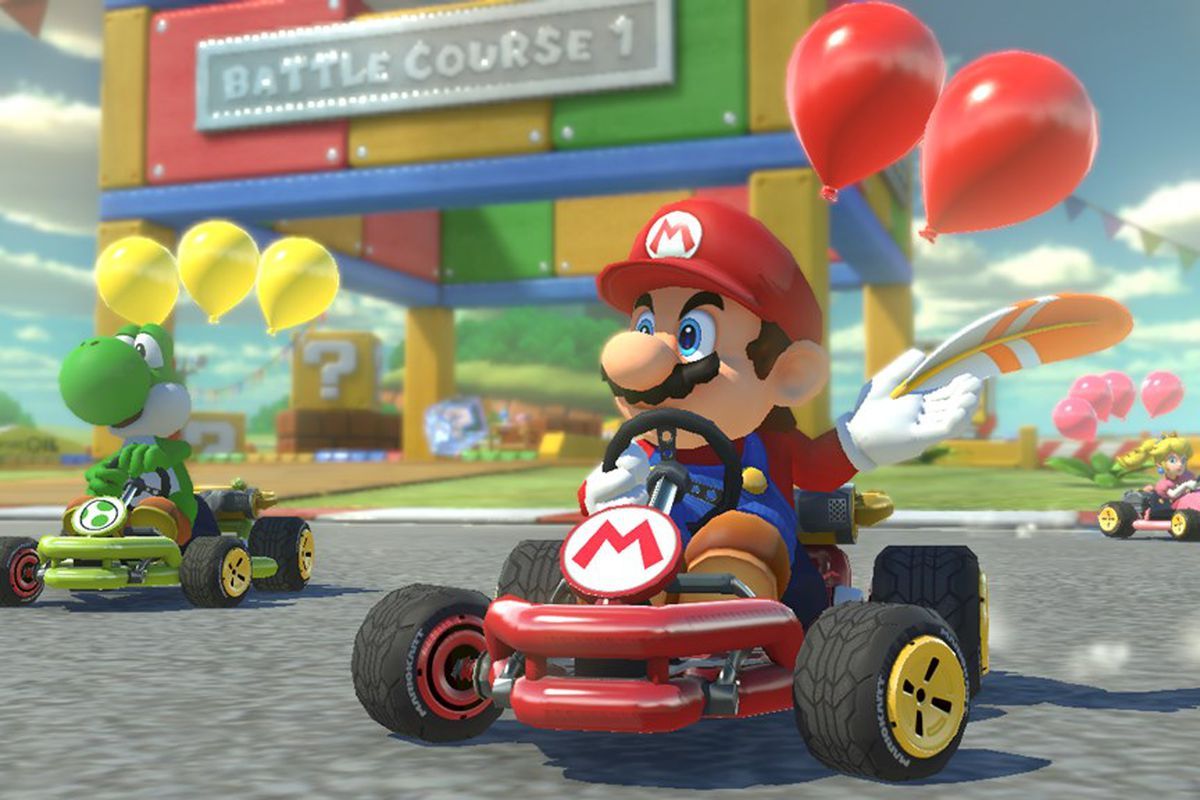
Not all mobile games are ad-riddled tap simulators, though – over the years, we’ve witnessed a ton of studios and developers port console-quality games directly to mobile platforms, and even develop spin-off titles solely meant for quick, two-minute play sessions. We’ve seen the likes of XCOM 2, Star Wars KOTOR, and even the classic Final Fantasy games make their way over to mobile phones, giving users access to a whole new dimension of portable gaming. If there ever was a case for mobile gaming, I personally think that “more console ports” is the way to go.
Developers have also shown that it is possible to make worthwhile spin-off games based on established franchises. Take Nintendo, for example – research has shown that its mobile game “Fire Emblem Heroes” (a spin-off of the popular Fire Emblem franchise) has been largely profitable, even eclipsing other Nintendo mobile games such as Mario Kart Tour and Super Mario Run. There have even been talks that Nintendo will form a studio purely focused on the development of mobile titles – in short, mobile games don’t have to suck.
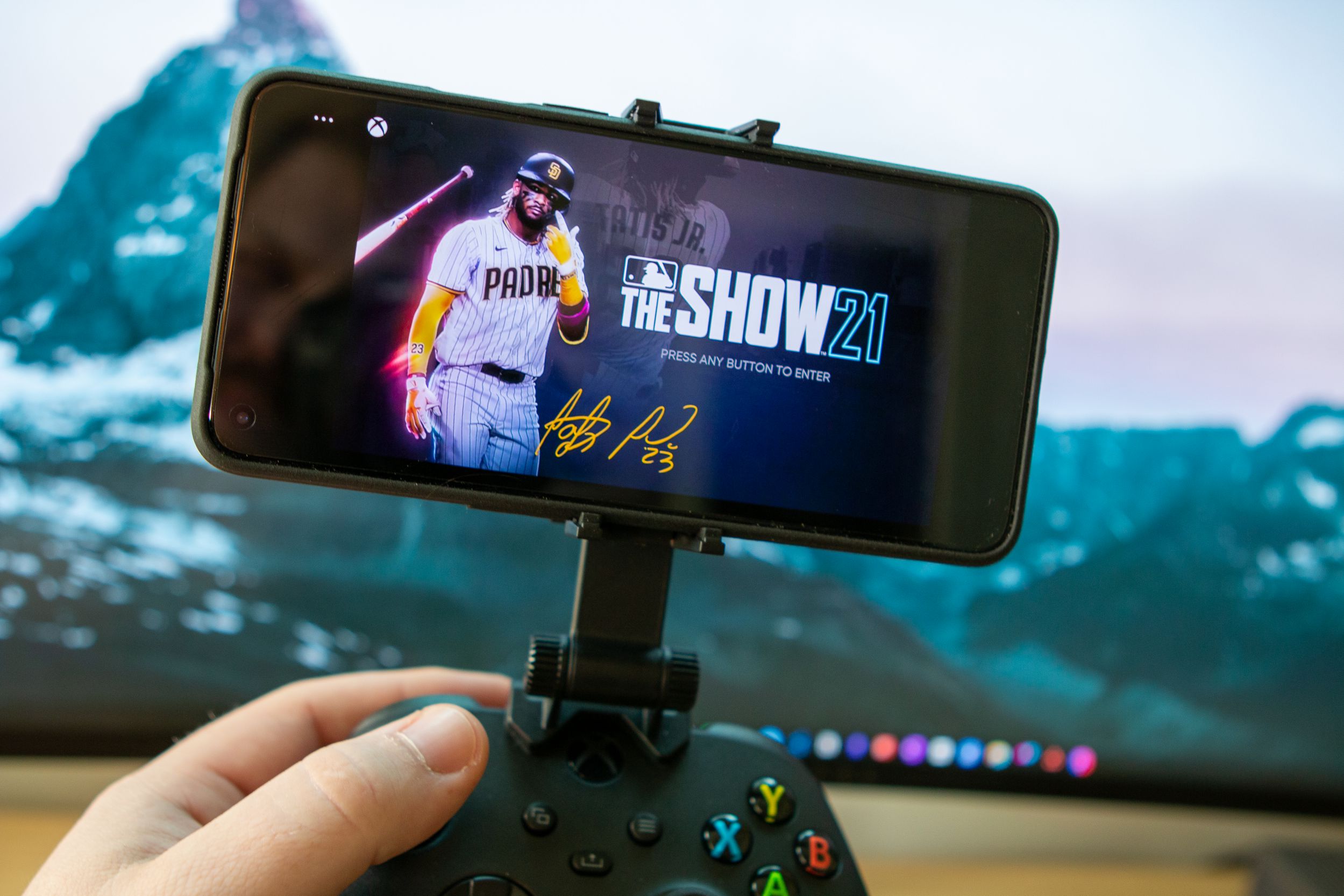
While Google’s Stadia cloud gaming platform failed, others like Microsoft’s Xbox Cloud gaming service have remained popular.
While still in its infancy, cloud-based gaming is another approach that mobile developers can take advantage of. The sudden influx of cloud-based handheld systems like the Logitech G handheld, Razer handheld, wireless phone controllers, and cloud gaming services make on-the-go AAA gaming somewhat possible. We say “somewhat” because there are certain drawbacks such as data speeds, latency, and even control schemes that affect the overall experience especially on a mobile device, but we’d be damned if we deny the potential for improvement – after all, a lot of us have dreamed of accessing our beloved blockbuster console titles on the go.
Final Thoughts
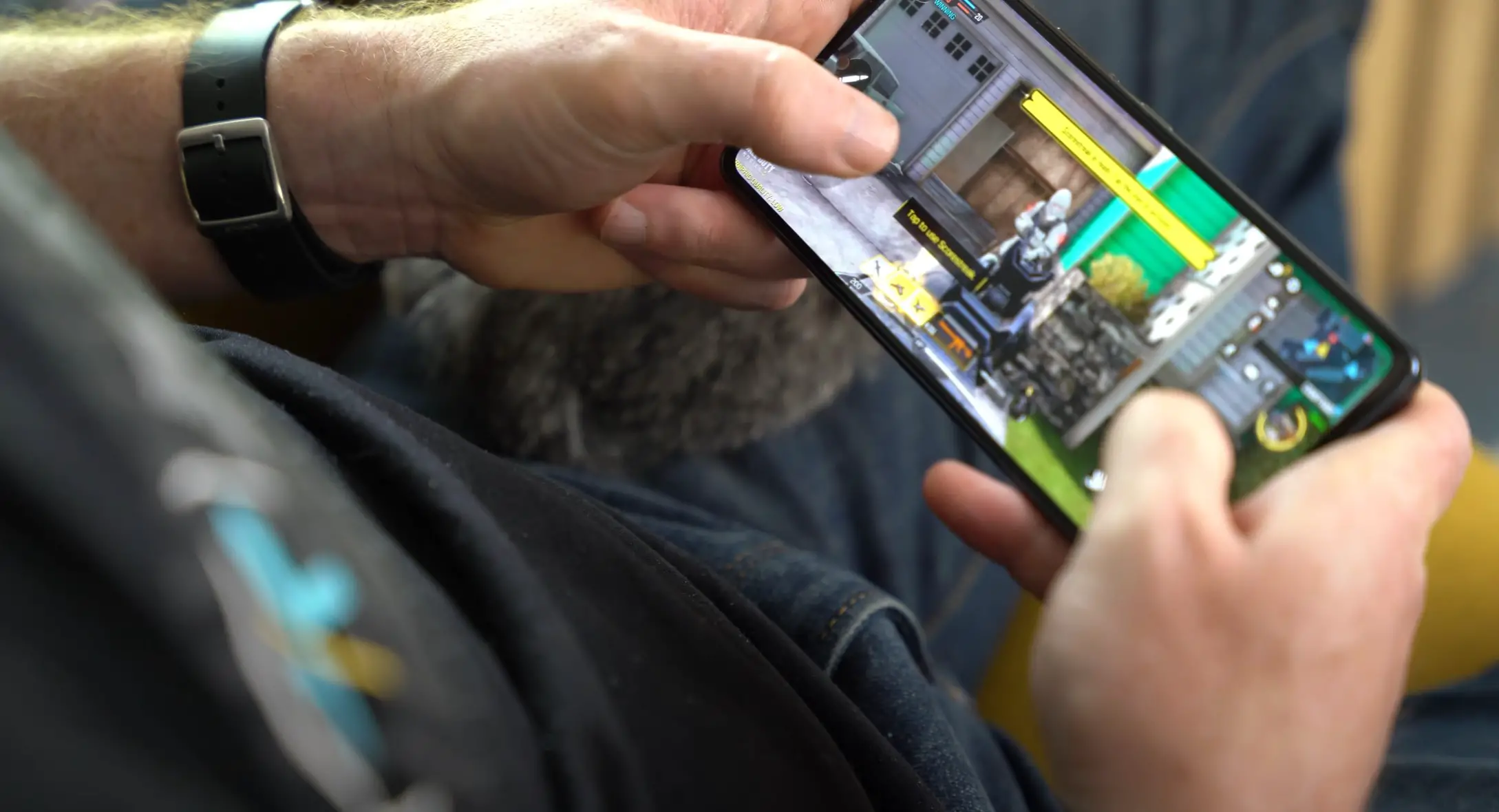
At the end of the day, gaming on a full-sized display with proper controls, zero latency, and top-notch audio and video still has an undeniable charm. While there’s no doubt that mobile games have caught up in both popularity and profits, I think it’s safe to say that there will always be a market for dedicated gaming consoles. The PS5’s popularity, and even the Nintendo Switch’s strong sales numbers still prove that the more “classic” approach to gaming can still co-exist with newer platforms, and in the end it’s us consumers who are ultimately the winners.
How about you? Let us know your thoughts in the comments below!

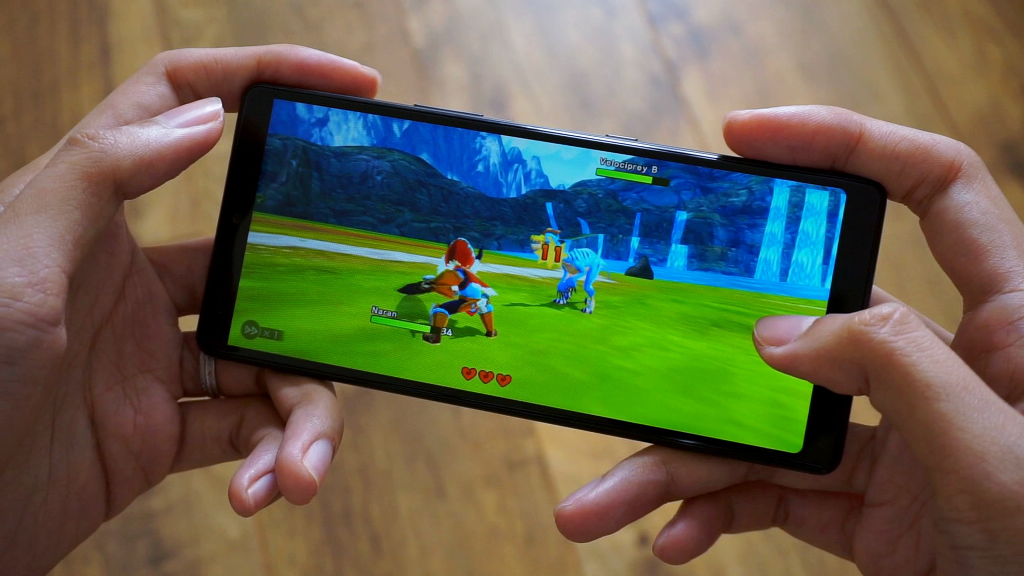


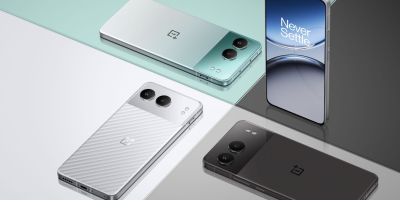





Comments